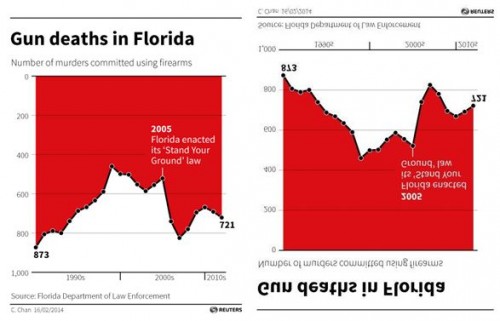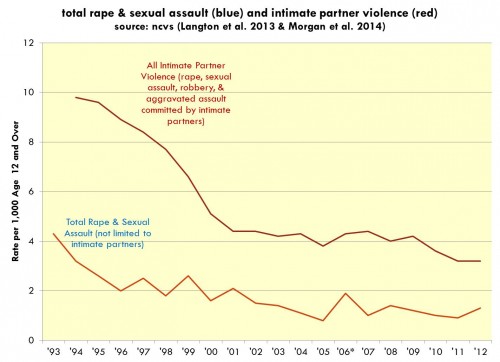This story from Daily Kos has been quickly circling through the left portion of the Internet. The headline reads:
American police killed more people in March (111) than the entire U.K. police have killed since 1900.
Let’s assume that the numbers are accurate.*
The author, Shaun King, writes:
Don’t bother adjusting for population differences, or poverty, or mental illness, or anything else. The sheer fact that American police kill TWICE as many people per month as police have killed in the modern history of the United Kingdom is sick, preposterous, and alarming.
But let’s bother adjusting, anyway.
The U.S. has a much larger population, and it has more police officers:
…but even adjusting for that, the U.S. killings by cops dwarf the U.K. figure.**
Adjusting for the number of cops, U.S. cops killed 8 times as many people in a single year as U.K. cops did in 115 years. But before we conclude that U.S. law enforcement is “sick and preposterous” and dominated by homicidal racists, we might look at the other side – the number of cops who get killed. The entire U.K. police force since 1900 has had 249 deaths in the line of duty. The U.S. tally eclipses that in a couple of years.
In this century, 25 U.K. officers died in the line of duty. The figure for the U.S., 2445, is nearly one hundred times that. Adjusting for numbers of officers, U.S. deaths are still ten times higher.
My guess is that what accounts for much of the U.K./U.S. difference is guns. Most British cops don’t carry guns. Last August, I posted a video of a berserk man wildly swinging a machete in a London street (here – it’s gotten over 25,000 page views ). The police come, armed only with protective shields and truncheons. Eventually, they are able to subdue the man. In the U.S., it’s almost certain that the police would have shot the man, and it would have been completely justifiable. More cops with guns, more cops killing people.
But more civilians with guns, more cops getting killed. Since 2000, six U.K. cops have died from gunshots; in the U.S., 788. We have 11 times as many cops, but 130 times as many killed by guns. (The other two leading causes of police deaths are heart attacks and car accidents.)
(I did not include the yearly data for the UK since it would not have been visible on the graph. In most years, total cop deaths there ranged between 0 and 2.)
Thanks to the ceaseless efforts of gun manufacturers and their minions in legislatures and in the NRA and elsewhere, U.S. cops work in a gun-rich environment. They feel, probably correctly, that they need to carry guns. If that man in London had been wielding an AR-15 (easily available in many states in the U.S. – in the U.K., not so much, not at all in fact), the cops could not have responded as they did. They would have needed guns. There would probably have been some dead civilians, perhaps some dead cops, and almost certainly, a dead berserker.
Cross-posted at Montclair SocioBlog.
—————-
* We don’t have a good source of data on how many people the police kill. An unofficial source since 2013 is KilledByPolice.net.
** The denominator for the U.K. – the number of police officers over the last 115 years – is my own very rough estimate.
Jay Livingston is the chair of the Sociology Department at Montclair State University. You can follow him at Montclair SocioBlog or on Twitter.













